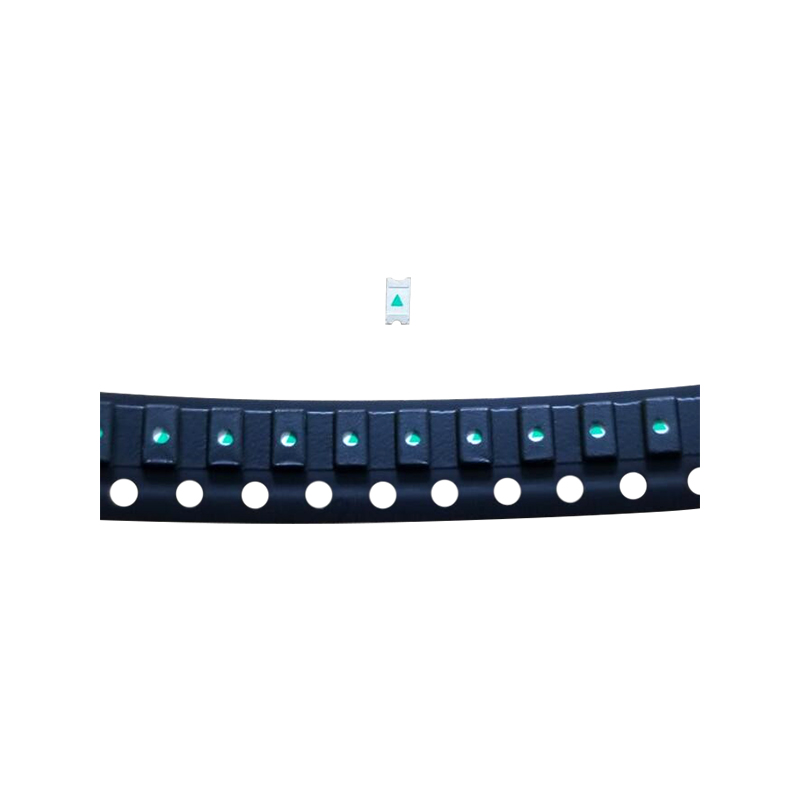 1004,West-CBD,No.139 Binhe Rd,Futian District,Shenzhen, China Post Code:518048
1004,West-CBD,No.139 Binhe Rd,Futian District,Shenzhen, China Post Code:518048
 +86-18682200597
+86-18682200597
 sales@szhaiwang.com
sales@szhaiwang.com
 1004,West-CBD,No.139 Binhe Rd,Futian District,Shenzhen, China Post Code:518048
1004,West-CBD,No.139 Binhe Rd,Futian District,Shenzhen, China Post Code:518048
 +86-18682200597
+86-18682200597
 sales@szhaiwang.com
sales@szhaiwang.com
source:Industry News release time:2022-07-20 Hits: Popular:Infrared sensing module

Sensors are playing an increasingly important role in the fields of science and technology, industrial and agricultural production and daily life. The higher and higher requirements of the human society on sensors are a powerful driving force for the development of sensor technology. The rapid advancement of modern technology has provided a strong backing. With the development of technology, sensors are constantly updated and developed. So today I have summarized several major trends in the future development of sensors:
1. More flexible and flexible
In the future, sensors will have more innovative applications, such as artificial skin, wearable sensors and micro-motion sensing. Through micro-wire technology and magnetic field, the sensor can be as slender as a human hair, yet flexible, without power supply, and can measure temperature, pressure, tension, stress, torsion and position without contact.
2. Smaller and cheaper
With the application of various new platforms and new materials, manufacturers can manufacture smaller sensors whose performance can be as high as millimeter-level and microwave-level electronic components, and with the application of less silicon, the cost will be substantial reduce.
3. Higher accuracy
At present, the research on multi-channel cooperative spectrum sensing is still in its infancy. In the future, once the technology matures, it will provide more accurate monitoring data than current single-channel sensors.
4. Higher complexity and better compatibility
Through coordinated work, sensors will gain additional complexity. Sensor clusters can better coordinate the work between sensors, and determine the content and location of work through an autonomous learning system. In addition, the adoption of various new technologies will also make sensors more diverse.
5. More energy efficient
Currently, most sensors are not very energy-efficient because they are always on. In the future, sensors will become smarter and driven by specific conditions. They can only be activated when a certain condition is reached, and when they are in standby mode, there is almost no power consumption.
6. More environmentally friendly:
In the future, environmentally friendly and biodegradable sensors will become increasingly popular. For example, the sensor can use a biodegradable paper-based battery driven by bacteria. This type of sensor can be used in fields such as farmland management, environmental monitoring, food circulation monitoring, or medical detection without polluting the environment.
Read recommendations:
The NTC temperature sensor used in the temperature measurement of the motor of the new energy vehicl
U-type plug-in NTC thermistor temperature sensor.Infrared sensing module wholesale
10.525G 18m distance HW-RB10 millimeter wave radar sensor module
Popular Recommended Products
PND103F3950FTU101
2021-11-27PIR Lens 8308-5
2021-12-09PIR Lens 8201-9
2021-12-09PIR Lens 8019
2021-12-09HW-MS03 microwave sensor module
2021-12-07Φ25mm size
2021-11-27HW-XC511 Micorwave sensor module
2024-04-07PIR Lens SIR650
2021-12-09Digital PIR Sensing Controller 3312-3s
2024-03-222109 PIR lens
2021-12-17PIR Lens 8603-3
2021-12-09What causes the unstable output signal of the RF sensor.Radar Microwave Induction Sensor Switch
2022-04-23Precautions for NTC thermal protector detection.Humidity Sensor company
2022-05-28Accuracy control method of temperature sensor in high and low temperature damp heat test chamber.Pyr
2022-06-11NTC Common Platform Abandons Technology Debate.metal cap Photoresistor
2023-07-05NTC metal thermistor material
2022-11-11Basic characteristics of resistance of NTC thermistor.NSP Type Power Thermistor
2022-06-10Production process of NTC thermistor.Infrared Body Sensing Module
2023-07-19Thermistor.Wide-Angle Fresnel Lens price
2023-05-24The resistance of NTC thermistor resistance.Human Body Infrared Temperature Sensor Processing
2023-05-0910 type of KNTC thermistor
2023-03-28
szhaiwang4@hotmail.com
+86-18682200597
sales@szhaiwang.com